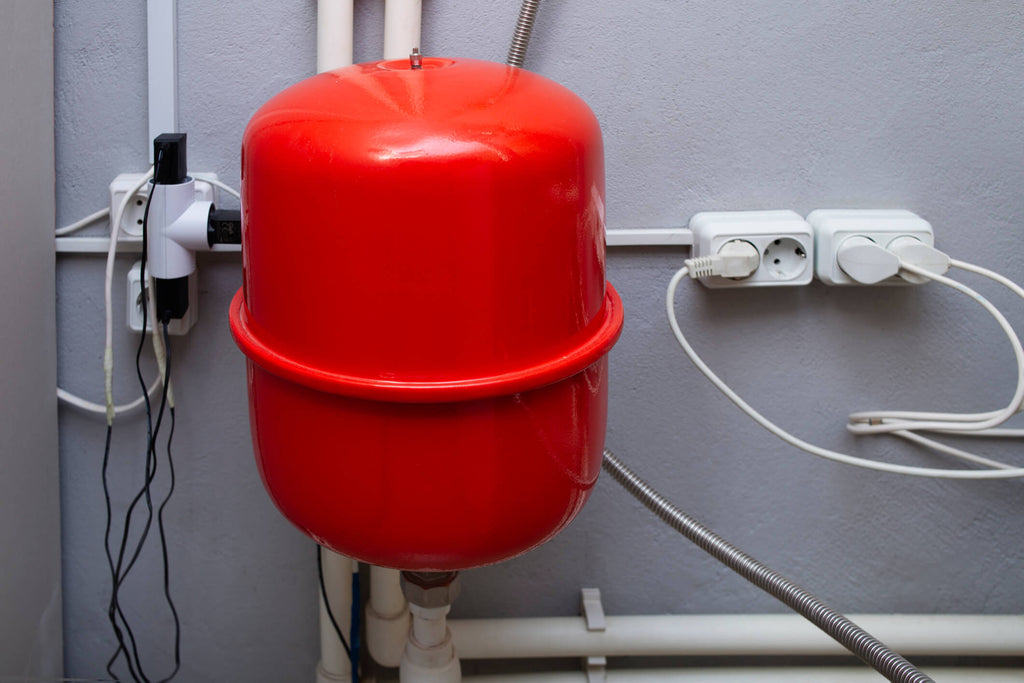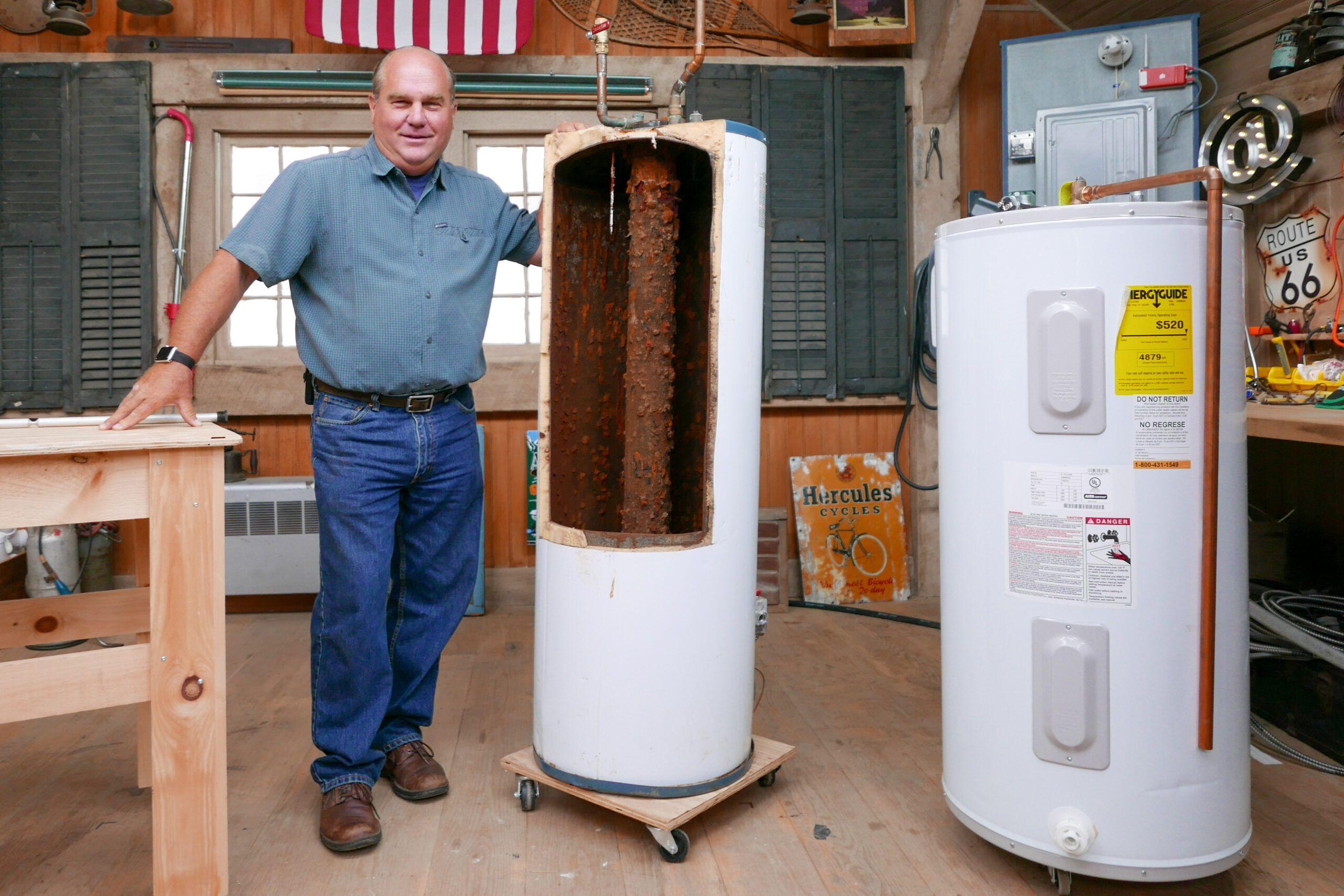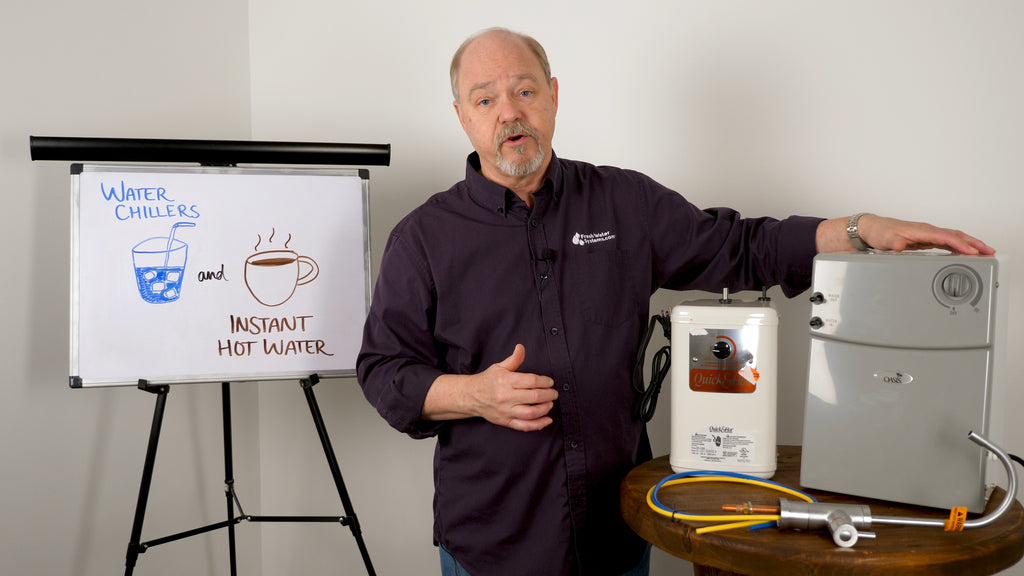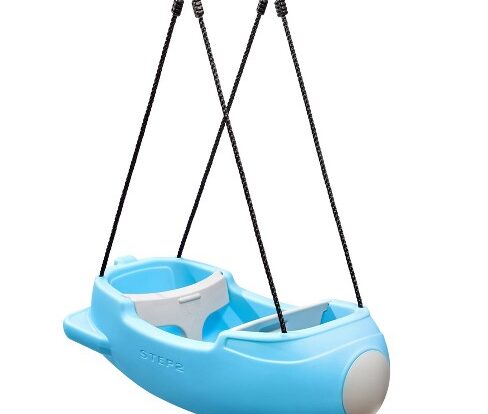
Understanding Heat Traps on Water Heaters
When it comes to your home’s water heater, you may have heard the term “heat trap” thrown around, but what exactly does it mean? In simple terms, a heat trap is a device or mechanism used to prevent heat loss in your water heater, improving its overall efficiency and reducing energy costs. Let’s delve deeper into this concept to understand its importance and how it can benefit your household.
How Do Heat Traps Work?
Heat traps are typically installed on the hot water pipes connected to your water heater. These devices create a barrier that hinders the escape of heat from the water heater tank, ensuring that the hot water remains insulated and retains its temperature for longer periods. By reducing heat loss, heat traps help your water heater operate more efficiently, ultimately saving you money on energy bills.
Types of Heat Traps
There are two main types of heat traps: internal and external. Internal heat traps are built into the water heater itself, often integrated into the water inlet and outlet pipes. External heat traps, on the other hand, are separate components that can be added to the plumbing system connected to the water heater. Both types function to prevent heat dissipation and improve energy efficiency.
Benefits of Using Heat Traps
Installing heat traps on your water heater can bring several advantages. Firstly, as mentioned earlier, they reduce heat loss, which means your water heater doesn’t have to work as hard to maintain water temperature, leading to lower energy consumption. This translates to cost savings on your utility bills over time. Additionally, by retaining heat within the system, heat traps help ensure that you have access to hot water more quickly when needed.
Common Misconceptions About Heat Traps
It’s essential to address some misconceptions surrounding heat traps. One prevalent myth is that heat traps completely eliminate standby heat loss, which isn’t entirely accurate. While heat traps significantly reduce heat loss, they do not make your water heater 100% efficient. Standby heat loss can still occur, but at a much lower rate with heat traps in place.
Installing Heat Traps
If you’re considering adding heat traps to your water heater, it’s crucial to consult with a professional plumber. They can assess your specific water heater setup and recommend the most suitable type of heat traps for your needs. Proper installation is key to maximizing the benefits of heat traps and ensuring efficient operation of your water heater.
FAQs
Q: Do heat traps work on all types of water heaters?
A: Heat traps can be installed on most conventional water heaters, including gas and electric models. However, tankless water heaters do not typically require heat traps due to their design.
Q: Can I install heat traps myself, or should I hire a professional?
A: While some DIY enthusiasts may attempt to install heat traps on their own, it’s recommended to seek the expertise of a licensed plumber to ensure proper installation and avoid any potential issues.
In Conclusion
Heat traps play a vital role in improving the efficiency of your water heater by reducing heat loss and energy consumption. By understanding how heat traps work and their benefits, you can make informed decisions to enhance the performance of your water heating system. Consult with a professional plumber to explore the option of installing heat traps and enjoy the cost-saving benefits they offer.

Source Image: thisoldhouse.com

Source Image: freshwatersystems.com
Steam Heating System Basics – MEP Academy They are placed on the inlet and outlet of either a gas or an electric water heater with the purpose of preventing heat escape by trapping it. Without the heat traps, the heat would expand and rise through the pipes – be lost. That would mean that energy is wasted, causing the boiler to have to use more power to maintain the tank temperature.







